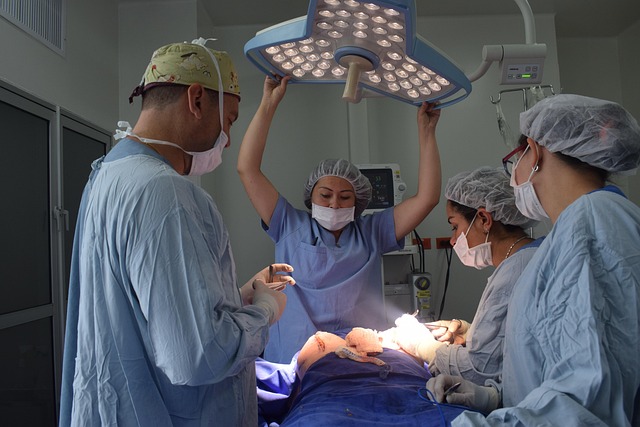Plastic surgery: clear overview of procedures for face and body
Plastic surgery covers a range of surgical and non-surgical procedures intended to reconstruct, restore, or change the appearance and function of the face and body. Common procedures aim to address congenital differences, injuries, or aesthetic preferences. Decisions about surgery typically involve medical assessment, discussion of goals, and planning with a qualified cosmetic or reconstructive team to balance benefits and risks.

This article is for informational purposes only and should not be considered medical advice. Please consult a qualified healthcare professional for personalized guidance and treatment.
What is plastic surgery?
Plastic surgery is a medical specialty that includes reconstructive and aesthetic techniques. Reconstructive surgery focuses on repairing defects caused by trauma, disease, or congenital conditions—examples include cleft lip repair and post-cancer reconstruction. Aesthetic or cosmetic procedures prioritize changes in appearance and proportion. Both areas require knowledge of anatomy, tissue healing, and surgical planning. The term “surgery” here covers everything from minor outpatient procedures to complex operations that may need hospital stays and multidisciplinary care.
How does cosmetic surgery differ?
Cosmetic surgery is a subset of procedures performed primarily to alter appearance rather than correct a medical problem. It can include interventions such as rhinoplasty, breast augmentation, liposuction, and eyelid surgery. Cosmetic approaches may be surgical or minimally invasive (injectables, lasers). Unlike reconstructive surgery, cosmetic work is elective and typically assessed against a patient’s personal goals, expected outcomes, and tolerance for recovery time and risk. Clear communication about realistic results and limitations is essential before proceeding.
Choosing a doctor for face procedures
When considering any face procedure, select a doctor with appropriate training in plastic surgery or facial specialties. Board certification in plastic surgery or facial plastic surgery indicates formal training, but also review a surgeon’s experience with the specific procedure you’re considering. Look for before-and-after results, patient reviews, and whether the doctor practices in accredited facilities. Discuss anesthesia plans, recovery expectations, scarring, and contingency plans for complications. A thorough consultation will also evaluate medical history and any factors that affect healing or suitability for a procedure.
What body procedures are commonly available?
Body procedures address shape, contour, or function and range from liposuction and tummy tuck to body lifts and reconstructive flap surgeries. Non-surgical options such as fat reduction devices and skin tightening therapies may suit some candidates but have different outcomes and limitations compared with operative techniques. Candidates for body surgery should consider weight stability, skin quality, and realistic expectations. Recovery times vary widely: smaller procedures can have brief recuperation, while combined or extensive body contouring can require weeks of healing and follow-up care.
Risks, recovery, and long-term considerations
All surgical procedures carry risks: infection, bleeding, scarring, anesthesia complications, and dissatisfaction with results. Specific risks depend on the procedure and patient factors like age, medical conditions, and smoking. Recovery planning is crucial—this includes arranging time off work, support at home, and following post-operative instructions about activity restrictions and wound care. Long-term considerations include maintenance (some results change with aging), the potential need for revision, and realistic expectations about durability. Discussing risks and outcomes thoroughly with your surgeon helps make informed choices.
Conclusion
Plastic surgery encompasses diverse procedures on the face and body with aims that range from functional reconstruction to cosmetic enhancement. Careful evaluation, selection of a qualified doctor, and realistic expectations about risks and recovery improve the likelihood of satisfactory outcomes. Because options and technologies evolve, ongoing dialogue with medical professionals and consideration of personal health goals remain central to planning any procedure.






